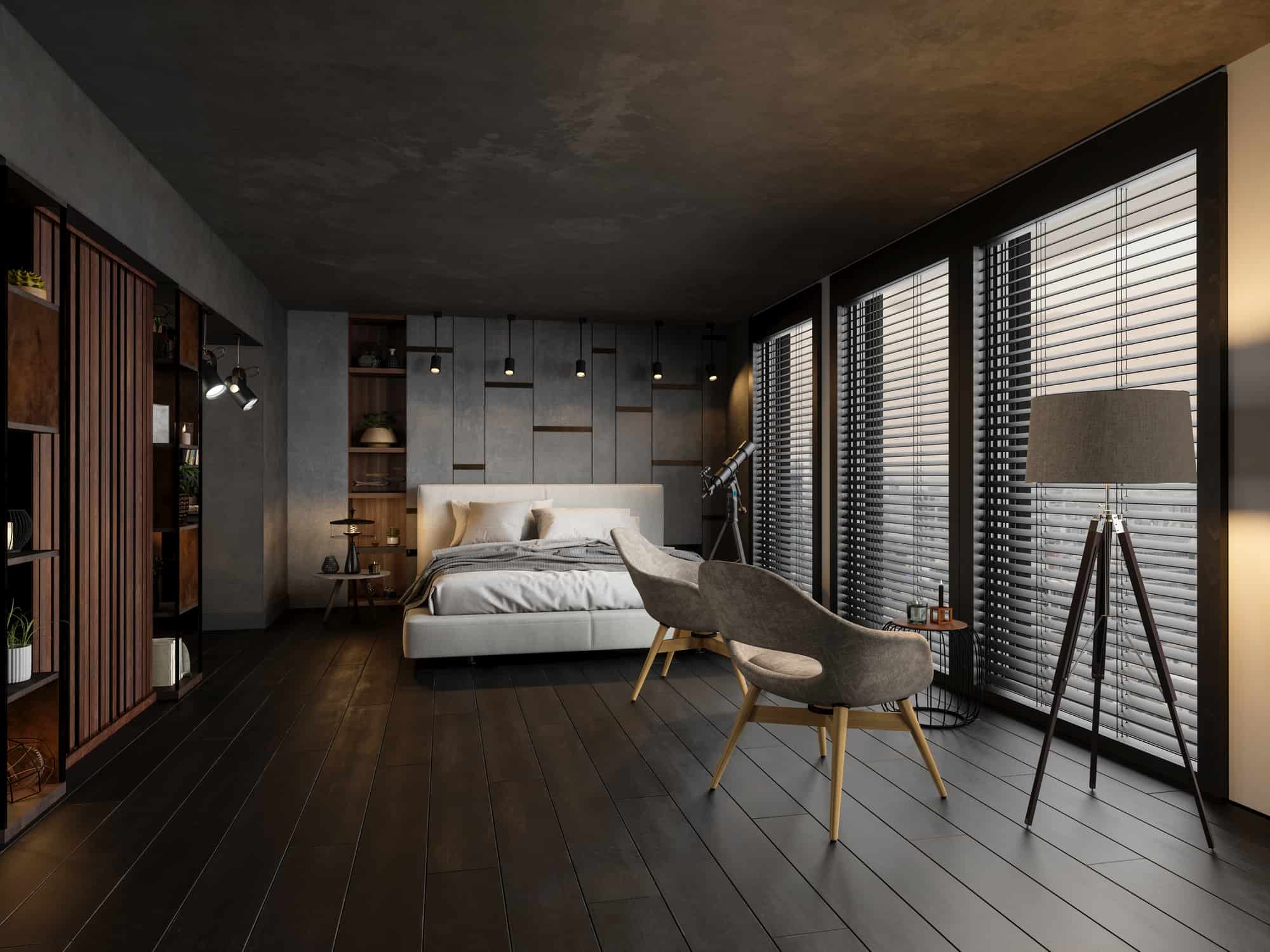Hardwood floors can last a very long time, but they will inevitably experience some wear and tear over time. Eventually, they may leave you with a tough decision: to refinish or to replace them. Hardwood floors can often be refinished, but there are cases when an entire rehaul is necessary. Deciding whether to refinish or completely replace a hardwood floor in your home depends on a number of factors. This article will explore some of those factors to help you make your decision. Read on to find out whether your hardwood floor is worth saving or if it’s time to scrap it for an entirely new one.
The Case For Refinishing
One of the great things about quality hardwood is that it can be refinished several times before it becomes absolutely necessary to replace it. And there can be some clear advantages to refinishing hardwood floors rather than replacing them.
- Generally, it will almost always be less expensive to refinish a hardwood floor. Without having to purchase new wood, on top of removing the old floor, refinishing will definitely cost you less than replacing. In fact, it can be up to five times more expensive to replace the floor.
- Refinishing allows you to update texture or change colour, while keeping your floor intact. Essentially, you can get many of the same benefits of replacing without the extra hassle or cost.
- With a refinishing project, you also have the option to replace just certain stained or warped planks, rather than overhauling the entire floor.
- Quality hardwood floors can be refinished up to 10 times. So even if you’re not fully satisfied with the outcome, you’ve got nine more cracks at it!
The Case For Replacing
Sometimes refinishing just isn’t going to cut it. There are situations where replacing your hardwood floors can be preferable and necessary.
- Certain types of damage simply cannot be refinished and will require an entire replacement. These include structural damage, moving or wiggling floor boards, severe water damage or extreme wear.
- Replacing the hardwood floor offers you the option of an entirely new aesthetic. From style to types of wood, replacing lets you start fresh with endless possibilities.
- Refinishing will require a fairly isolated environment. While it’s happening, you will need to keep the room free of pets and roaming children, as there can be a lot of dust from the sanding. If keeping a room completely blocked off feels like a difficult task in your busy home, replacing might just be the way to go.
The DIY Factor
While both refinishing and replacing hardwood floors are fairly significant home projects, they have different processes and needs for the renovation DIYer.
- Of the two options, replacing and installing new hardwood flooring can be a little trickier. It’s important to know how to measure the room, check the sub-floor to avoid squeaks, add a vapour barrier, place the flooring, fit boards together and fill in any gaps.
- Refinishing, on the other hand, can be accomplished in a different way. To refinish a room, you’ll need to tape down air conditioning vents and windows, then begin by buffing and sanding your floors. Vacuum the room between each layer of sanding. After that, you can get started with coating and varnishing.
There are definitely a few factors to think about when weighing the pros and cons of refinishing or replacing your hardwood floors. The beauty of hardwood floors is that they can last a very long time, so whether you opt for refinishing or replacing, you really can’t go wrong. In the end, it all depends on your budget and aesthetic preferences. A trip to your hardwood store or hardwood supplier can also be a big help.
Check out our great selection of hardwood flooring online, or visit one of our locations in Ottawa, Toronto and Hamilton.


